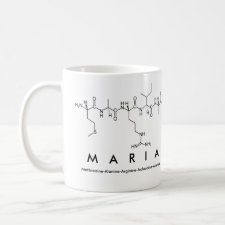
Authors: Santos ACF, de Araújo ORP, Moura FA, Khan S, Tanaka A, Santana AEG, Pividori MI, Taboada-Sotomayor M, Goulart MOF
Article Title: Development of magnetic nanoparticles modified with new molecularly imprinted polymer (MIPs) for selective analysis of glutathione.
Publication date: 2021
Journal: Sensors and Actuators B: Chemical
Volume: 344
Article Number: 130171.
DOI: 10.1016/j.snb.2021.130171
Alternative URL: https://www.sciencedirect.com/science/article/pii/S0925400521007401
Abstract: The present work aims to develop electroanalytical strategies for separating and quantifying one of the most important biothiols, the reduced glutathione (GSH), based on developing and applying a new and selective magnetic molecular imprinted polymer (mag-MIP). This magnetic-supported polymer was synthesized by precipitation, using GSH as a template, having acrylamide as the functional monomer and trimethylolpropane trimethacrylate as a cross-linking agent. These materials' morphological and physical characteristics were investigated by scanning electron microscope, Fourier transform infrared, and vibrating sample magnetometry. Physicochemical parameters, such as adsorption capacity, were obtained and compared with the respective mag-NIP, which are control polymers without the selective cavity. After all characterizations, mag-MIP and mag-NIP were evaluated on magnetic graphite-epoxy composite (m-GEC) electrodes. The characteristics of the obtained sensors were investigated by cyclic voltammetry and differential pulse voltammetry. After optimizing experimental and operational conditions, a linear response for the concentration of GSH, in the range of 1-1400 μmol/L, with low detection and quantification limits of 7 and 20 nmol/L, respectively, were obtained. The GSH levels in mice liver samples were measured by electrochemical and spectrophotometric techniques to compare the method's effectiveness. A high correlation between them and a low relative error of 1.06 % were obtained, indicating the good functionality of the proposed sensor
Template and target information: glutathione, reduced glutathione, GSH
Author keywords: Biothiols, Magnetic molecular imprinted polymer, Electrochemical sensor, Electroanalysis, Liver tissue



Join the Society for Molecular Imprinting

New items RSS feed
Sign-up for e-mail updates:
Choose between receiving an occasional newsletter or more frequent e-mail alerts.
Click here to go to the sign-up page.
Is your name elemental or peptidic? Enter your name and find out by clicking either of the buttons below!
Other products you may like:
 MIPdatabase
MIPdatabase









